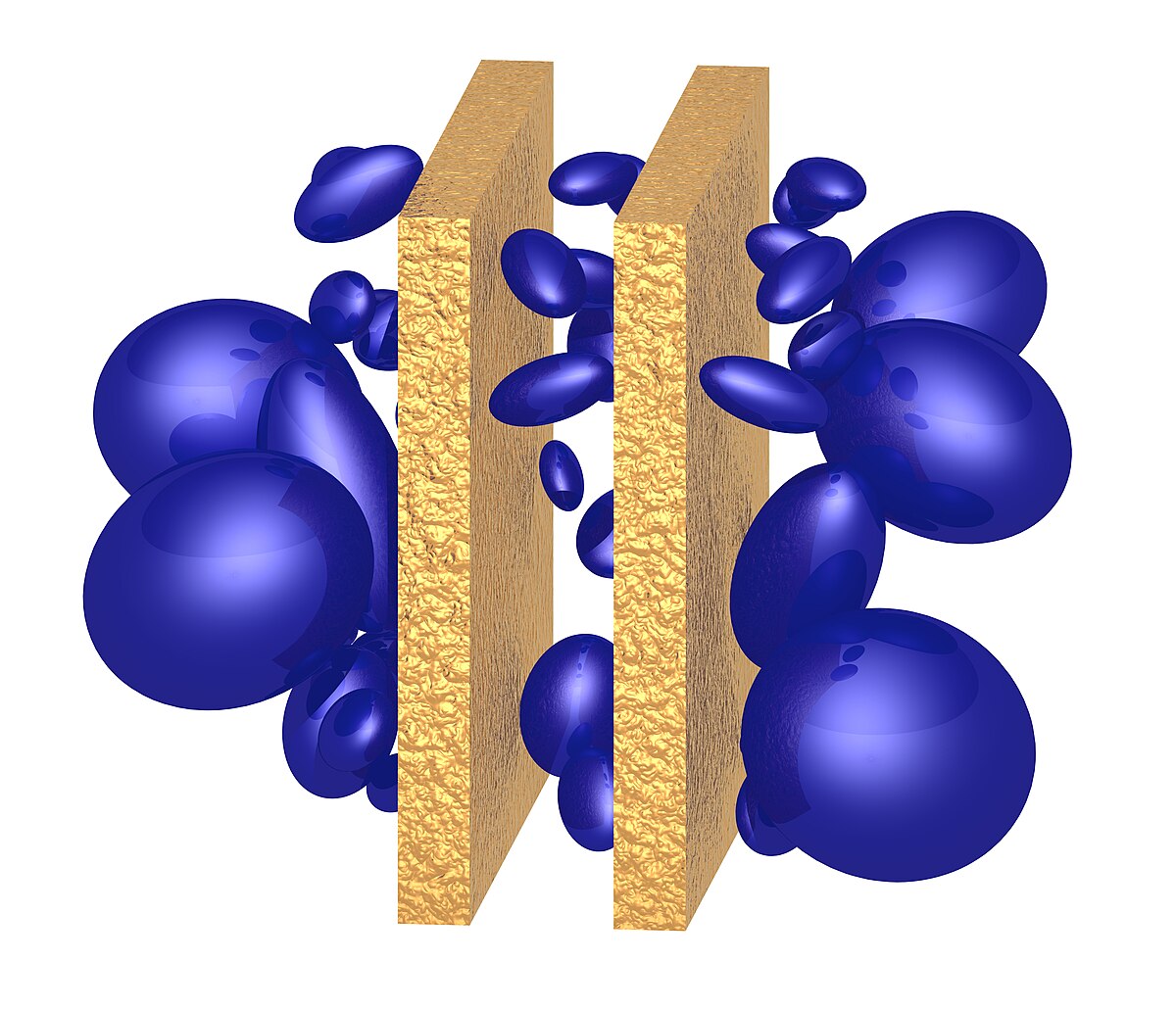
What is the Casimir effect? The Casimir effect is a fascinating quantum phenomenon where two uncharged, parallel metal plates placed very close together in a vacuum experience an attractive force. This force arises due to quantum fluctuations in the vacuum between the plates. Named after Dutch physicist Hendrik Casimir, this effect has puzzled and intrigued scientists since its prediction in 1948. It demonstrates the strange and counterintuitive nature of quantum mechanics. Understanding the Casimir effect not only deepens our grasp of quantum field theory but also has practical implications in nanotechnology and microelectromechanical systems (MEMS). Dive into these 29 intriguing facts to learn more about this quantum marvel!
What is the Casimir Effect?
The Casimir effect is a fascinating phenomenon in quantum physics. It involves the attraction between two uncharged, parallel plates in a vacuum. This effect arises due to quantum fluctuations in the vacuum. Here are some intriguing facts about the Casimir effect:
-
Named After Hendrik Casimir: The effect is named after Dutch physicist Hendrik Casimir, who predicted it in 1948.
-
Quantum Fluctuations: The Casimir effect is a result of quantum fluctuations, which are temporary changes in energy that occur in empty space.
-
Zero-Point Energy: This phenomenon is closely related to zero-point energy, the lowest possible energy that a quantum mechanical system may have.
-
Vacuum Energy: Even in a perfect vacuum, there is still energy present due to the Casimir effect.
-
Attractive Force: The force between the plates is always attractive, pulling them together.
How Does the Casimir Effect Work?
Understanding the mechanics behind the Casimir effect can be quite complex. Here are some key points to help break it down:
-
Boundary Conditions: The plates impose boundary conditions on the quantum fields, altering the vacuum energy between them.
-
Wavelength Restriction: Only certain wavelengths of virtual particles can exist between the plates, leading to a net attractive force.
-
Distance Dependence: The force is inversely proportional to the fourth power of the distance between the plates.
-
Microscopic Scale: The effect is only noticeable at very small distances, typically less than a micrometer.
-
Material Independence: The Casimir effect occurs regardless of the material of the plates, as long as they are conductive.
Applications of the Casimir Effect
The Casimir effect isn't just a theoretical curiosity; it has practical applications too. Here are some areas where it plays a role:
-
Nanotechnology: The effect is significant in the design of nanoscale devices, where it can cause components to stick together.
-
Microelectromechanical Systems (MEMS): In MEMS, the Casimir effect can influence the behavior of tiny mechanical parts.
-
Quantum Computing: Researchers are exploring how the Casimir effect could impact quantum computing technologies.
-
Energy Harvesting: Some scientists are investigating ways to harness the Casimir effect for energy generation.
-
Fundamental Physics: The effect provides insights into the nature of vacuum energy and quantum field theory.
Experimental Evidence
The Casimir effect has been experimentally verified multiple times. Here are some notable experiments:
-
First Measurement: The first experimental confirmation came in 1997 by Steve Lamoreaux.
-
Precision Experiments: Advances in technology have allowed for more precise measurements of the Casimir force.
-
Dynamic Casimir Effect: In 2011, researchers observed the dynamic Casimir effect, where moving mirrors create real photons from vacuum fluctuations.
-
Optical Tweezers: Experiments using optical tweezers have measured the Casimir force between microscopic objects.
-
Graphene Studies: Recent studies have explored the Casimir effect in graphene, a single layer of carbon atoms.
Theoretical Implications
The Casimir effect has profound implications for our understanding of the universe. Here are some theoretical aspects:
-
Quantum Field Theory: It provides a tangible demonstration of quantum field theory principles.
-
Cosmology: The effect has implications for cosmology, particularly in understanding dark energy.
-
String Theory: Some string theory models predict variations of the Casimir effect in higher dimensions.
-
Modified Gravity: The effect has been used to test theories of modified gravity at small scales.
-
Hawking Radiation: There are parallels between the Casimir effect and Hawking radiation, the theoretical radiation emitted by black holes.
Fun Facts About the Casimir Effect
Let's end with some fun and quirky facts about this intriguing phenomenon:
-
Science Fiction: The Casimir effect has been featured in science fiction, including the TV show "Stargate SG-1."
-
Art Installations: Some artists have created installations inspired by the Casimir effect.
-
Educational Tools: The effect is often used as an educational tool to explain quantum mechanics concepts.
-
Public Fascination: Despite its complexity, the Casimir effect continues to captivate the public's imagination.
The Casimir Effect: A Fascinating Quantum Phenomenon
The Casimir effect is a mind-bending concept that bridges the gap between quantum mechanics and classical physics. It shows how quantum fluctuations in a vacuum can create a measurable force between objects. This phenomenon has implications for nanotechnology, quantum computing, and even cosmology.
Understanding the Casimir effect helps us appreciate the strange and wonderful nature of the quantum world. It also opens doors to new technologies that could revolutionize various fields. Whether you're a science enthusiast or just curious about the universe, the Casimir effect offers a glimpse into the unseen forces that shape our reality.
So next time you think about empty space, remember it's not so empty after all. It's buzzing with activity, thanks to the fascinating Casimir effect.
Was this page helpful?
Our commitment to delivering trustworthy and engaging content is at the heart of what we do. Each fact on our site is contributed by real users like you, bringing a wealth of diverse insights and information. To ensure the highest standards of accuracy and reliability, our dedicated editors meticulously review each submission. This process guarantees that the facts we share are not only fascinating but also credible. Trust in our commitment to quality and authenticity as you explore and learn with us.
